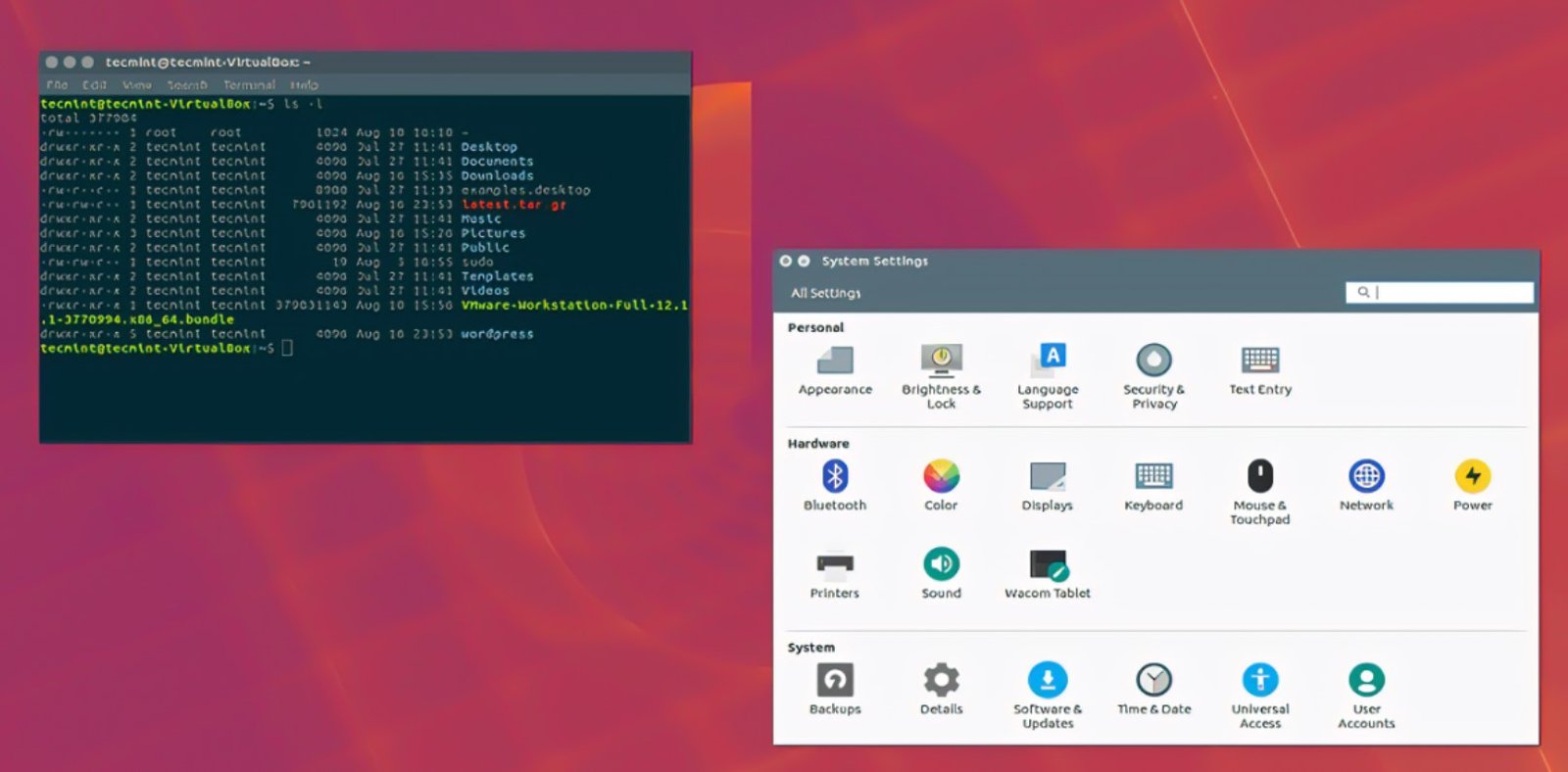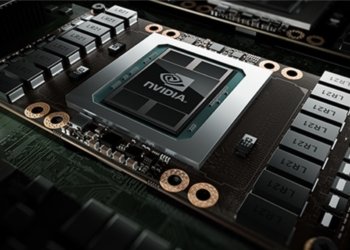With just under four months left before Microsoft pulls the plug on Windows 10 support, millions of users are facing a tricky decision. Stick with the aging system, upgrade to Windows 11, or try something completely different? For many, the spotlight is turning toward Linux as a fresh alternative.
Windows 10’s official support ends on October 14, 2025. After that date, Microsoft will no longer provide security updates or technical assistance for the operating system. That leaves Windows 10 users in a bind: their computers will still work, but with growing vulnerabilities and compatibility issues.
KDE, a major Linux desktop environment developer, has thrown down a challenge to “Windows 10 exiles,” urging them to consider Linux Plasma as a safe harbor. The message is blunt—your PC could become obsolete overnight, forced into digital limbo without the safety net of updates.
Why Windows 10 Support Ending Matters More Than You Think
Microsoft’s end of Windows 10 support isn’t just a routine tech milestone. It’s a major turning point with real-world consequences. Once the updates stop, any new bugs or security flaws won’t get fixed. That’s an open invitation for hackers.
Imagine using a system that no longer gets patched while cybercriminals scan for fresh weaknesses. The risk to your data, privacy, and identity skyrockets.
On top of that, many software developers stop updating apps for unsupported platforms. So, your favorite programs may soon refuse to run, or worse, crash unpredictably.
The big picture is harsher: Microsoft’s current upgrade policy encourages people to buy new PCs to move to Windows 11. If your hardware doesn’t meet the requirements, you’re stuck with an unsupported OS or pressured into purchasing new gear.
It’s a lot to digest. KDE’s take is vivid, even dramatic. They say Microsoft wants to “turn your computer into junk” and officially mark it “obsolete.” Maybe that’s harsh—but there’s a grain of truth here that’s hard to ignore.

Facing the Future: Windows 11 Upgrade or Something Else?
Users have a few paths ahead:
-
Upgrade to Windows 11 (if your PC qualifies)
-
Force-install Windows 11 (if it doesn’t officially support it)
-
Keep using Windows 10 without support (risky and unwise)
-
Buy a brand-new PC with Windows 11 pre-installed
-
Switch to another operating system, like Linux
Many folks are hesitant to jump to Windows 11. The hardware demands are higher. Compatibility can be spotty. And let’s face it: some people just don’t like the changes in the interface or the way Windows 11 handles updates and privacy.
That’s where Linux steps in as an intriguing alternative.
Why Linux Could Be the Unexpected Winner
Linux has come a long way from the geeky, command-line-only days of yore. Modern Linux distros like Linux Mint and KDE Plasma offer user-friendly experiences with polished interfaces, tons of software, and strong community support.
Personally, many who try Linux find it surprisingly pleasant, especially on older machines. It can breathe new life into a PC that struggles with Windows 11.
KDE’s call to arms is part of a growing movement. They highlight that Linux is:
-
Free and open-source, no license fees
-
Lightweight enough for older hardware
-
Regularly updated with security patches
-
Highly customizable to user preferences
-
Supported by a passionate and helpful community
To get a clearer picture, here’s a quick comparison of Windows 10, Windows 11, and popular Linux distros for aging PCs:
| Feature | Windows 10 | Windows 11 | Linux (Mint/Plasma) |
|---|---|---|---|
| Official support ends | Oct 14, 2025 | Supported | Supported |
| Hardware requirements | Moderate | High | Low |
| Security updates | Until EOL | Ongoing | Ongoing |
| Cost | Free during upgrade | Free with new PC | Free |
| Software availability | Vast | Vast | Growing rapidly |
| User-friendliness | Familiar | Modern, but new | Friendly for beginners |
There’s a lot of buzz about gaming on Linux, too. Steam’s recent numbers show Linux gamers are on the rise. Thanks to Proton (a compatibility layer for Windows games), many titles now run smoothly on Linux—making it a viable choice even for entertainment.
Is Linux right for everyone? Probably not. But if your PC isn’t ready for Windows 11, or you’re tired of Microsoft’s upgrade pressures, giving Linux a spin might be worth your time.
Taking the Leap Into Linux
Switching from Windows to Linux sounds intimidating. But many distros have easy installers and plenty of online guides. Plus, the Linux community is surprisingly welcoming.
Some users, myself included, found Linux Mint to be a smooth transition — it’s clean, intuitive, and runs fast even on older hardware. KDE Plasma, on the other hand, offers a sleek and modern look, more akin to Windows 10’s familiar environment.
Still, the dramatic warnings from KDE about Windows 10’s demise aren’t entirely off base. The reality is, staying on an unsupported OS is like driving a car with bald tires in a storm. You might get away with it a few times, but sooner or later, disaster strikes.
So, for those “Windows 10 exiles” facing October 14, the question isn’t just about convenience. It’s about security, performance, and peace of mind.
The clock is ticking. Will you take the plunge and try something different? Or stick with what you know and risk digital decay?
































